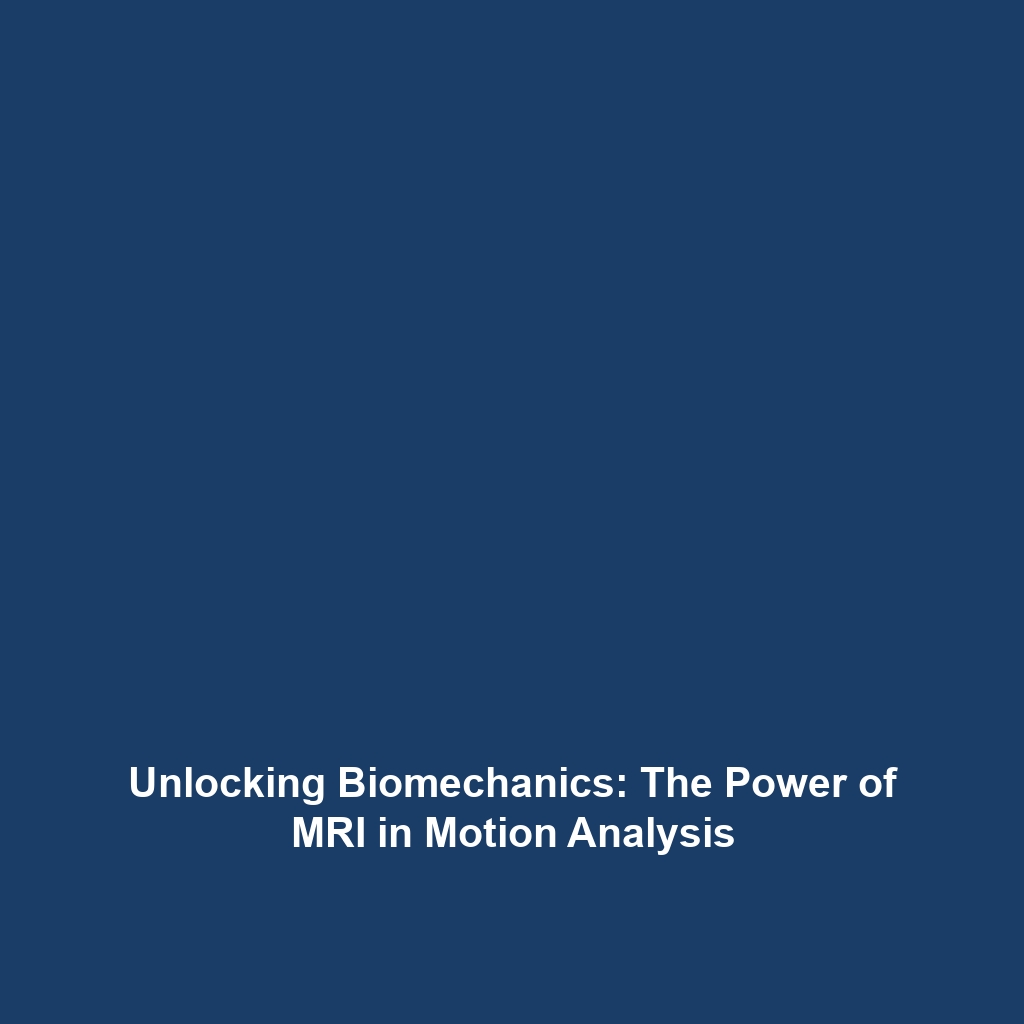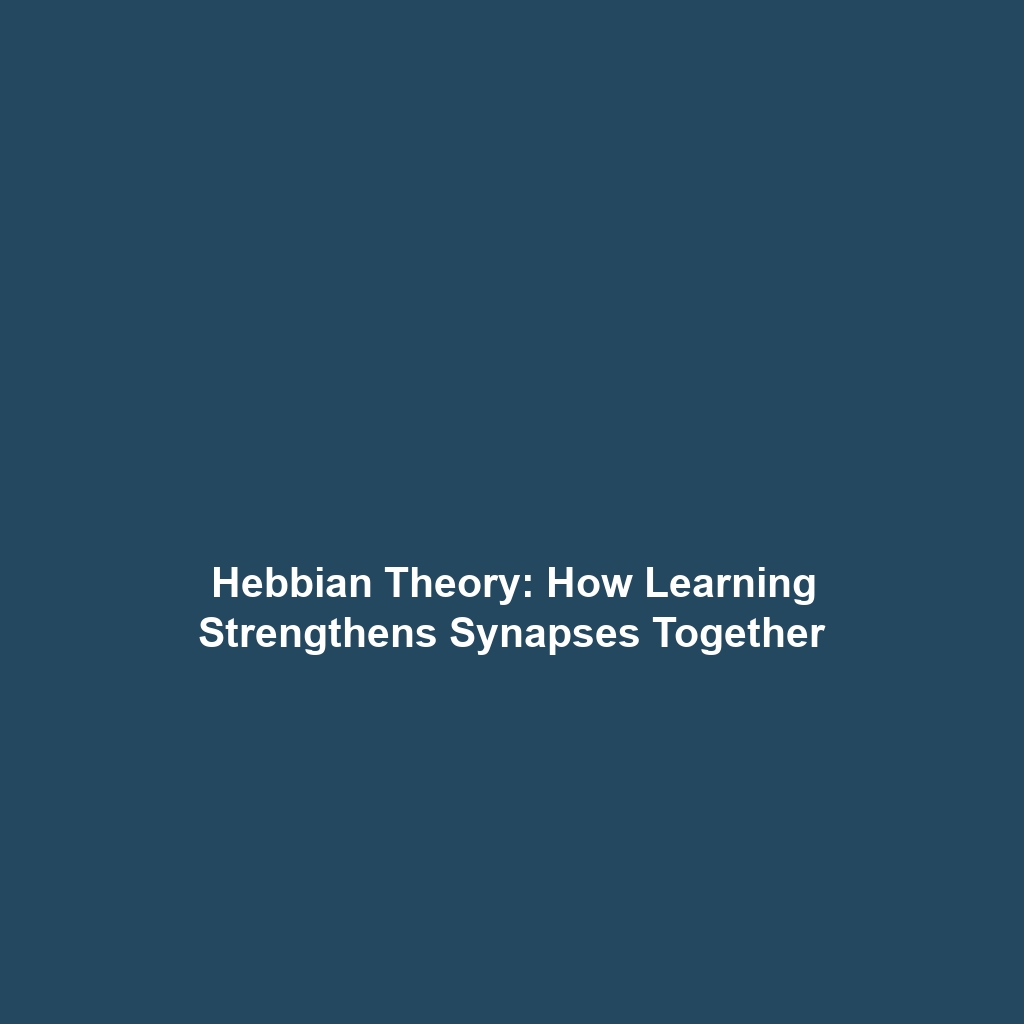<>
Long-Term Potentiation (LTP) and Long-Term Depression (LTD): Mechanisms Underlying Learning and Memory
Introduction
Long-Term Potentiation (LTP) and Long-Term Depression (LTD) are pivotal processes in the realm of neuroscience, acting as fundamental mechanisms that govern learning and memory. Their significance extends beyond the neural substrates; they offer insights into the biomechanical interactions that influence cognitive functions. By understanding LTP and LTD within the scope of biomechanics, researchers can elucidate the intricate relationships between synaptic strength and cognitive abilities, fostering advancements in therapeutic strategies for memory-related disorders.
Key Concepts
Understanding the mechanisms of LTP and LTD involves exploring several key concepts:
1. Mechanisms of Long-Term Potentiation (LTP)
LTP is characterized by a persistent increase in synaptic strength following high-frequency stimulation of a synapse. It plays a critical role in shaping our ability to learn and form memories by enhancing synaptic transmission. Some critical mechanisms involved include:
- Increased neurotransmitter release
- Enhanced postsynaptic receptor sensitivity
- Changes in synaptic morphology
2. Mechanisms of Long-Term Depression (LTD)
Conversely, LTD is associated with a long-lasting decrease in synaptic strength. This process is equally important for cognitive functions as it helps in the refinement of synaptic connections. Key factors include:
- Reduced neurotransmitter release
- Internalization of postsynaptic receptors
- Changes in intracellular signaling pathways
3. Biomechanical Perspectives
The study of LTP and LTD extends into biomechanics as the physical changes at synapses can influence overall neural network efficiency and adaptability.
Applications and Real-World Uses
Understanding LTP and LTD has far-reaching applications in various fields:
- Therapeutic Interventions: Applications of LTP and LTD mechanisms in developing treatments for neurodegenerative diseases.
- Rehabilitation Strategies: How LTP is used in physical rehabilitation to enhance motor learning and memory recovery in patients.
- Neuroscience Research: Innovative approaches in studying synaptic plasticity impact athletic performance and biomechanics.
Current Challenges
The research surrounding LTP and LTD presents several challenges:
- Complexity of Synaptic Mechanisms: Understanding the precise molecular events that govern LTP and LTD is still an ongoing effort.
- Individual Variability: Differences in synaptic plasticity from person to person complicate the application of LTP and LTD findings across populations.
- Integrating Findings into Biomechanics: The challenge of translating neurobiological concepts into practical biomechanical applications continues to be a barrier for researchers.
Future Research and Innovations
The future of research on LTP and LTD is promising, with several innovative directions on the horizon:
- Emerging Technologies: The development of optogenetics and CRISPR technology opens new avenues for manipulating synaptic functions.
- Personalized Medicine: Future studies may focus on tailoring treatments that enhance synaptic efficacy and refine cognitive function based on individual profiles.
Conclusion
In summary, Long-Term Potentiation (LTP) and Long-Term Depression (LTD) are crucial mechanisms that facilitate learning and memory, woven intricately into the fabric of biomechanics. Continued research in this field has the potential to unlock new treatments and rehabilitation techniques that could transform our understanding of cognitive health. For further reading, visit our pages on neuroplasticity and biomechanics in rehabilitation.

